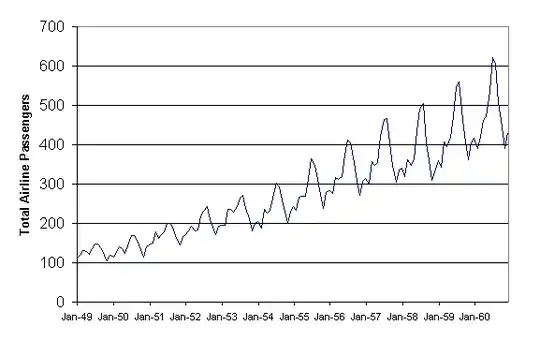The function powerTranform from the "car" package in R mentions the following code for Box-Cox transformation for multiple regression:
summary(p1 <- powerTransform(cycles ~ len + amp + load, Wool))
# fit linear model with transformed response:
coef(p1, round=TRUE)
summary(m1 <- lm(bcPower(cycles, p1$roundlam) ~ len + amp + load, Wool))
Is it sensible to apply Box-Cox method to just the dependent variable (and not the whole formula) and proceed with the regression:
library(fifer)
cycles = boxcoxR(cycles)
summary(m1 <- lm(cycles ~ len + amp + load, Wool))
I suspect this method is not right but I am not sure.
